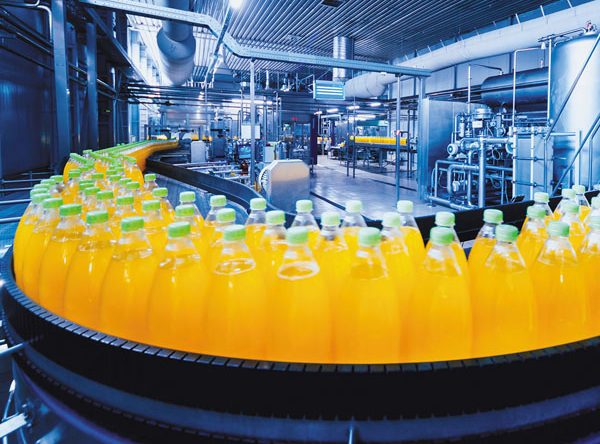
Significant transformations are taking place in the food and beverage supply chain, especially due to pandemic-related challenges.
By Sandy Smith
There is no doubt that 2020 will be studied for years in terms of the food and beverage supply, especially for the shortages caused by stockpiling during the coronavirus epidemic. Then there was the movement of goods coast to coast and the grocery stores themselves. Funny thing, though, the food and beverage supply chain was already undergoing significant transformation before the pandemic hit the U.S.
Consider:
- Food and beverage companies’ market share of warehouse space increased by 4.1 million square feet in 2019, with their number of transactions up by 44%, according to a report released in January by commercial real estate firm CBRE. The growth was attributed to companies improving their grocery supply chain for supermarkets and e-commerce fulfillment.
- Gen Z overtook Millennials as the largest consumer group globally and they had distinctly different preferences in food and drink. Hello, plant-based milks, imitation meats and everything clean in between.
- Consumer and regulatory demand created the need for even more insight into the food supply chain.
“Consumer behaviors are rapidly evolving, with merchandisers and retailers becoming more sophisticated with store planning, requiring a very agile supply chain,” said Glenn Koepke, vice president of network enablement at the predictive supply chain platform FourKites. “Next time you walk down the drink aisle in your local grocery store, think of all the steps in the supply chain to get to that shelf, and the bottlenecks that could occur. Those end cap displays are studied and designed to gain consumer attention, but what goes into setting up those end caps? Visibility matters.”
Some of the issues facing the food and beverage supply chain, including material handling, are familiar, said Lisa Donnelly, vice president of marketing, robotic automation and end-of-arm-tooling solutions maker and MHI member Soft Robotics. “Safety, quality and maintaining the integrity of food products are and will continue to be business-critical in the food handling market.”
Those focuses, however, come with a chronic labor shortage. “There simply aren’t enough people to do the wide variety of food handling tasks in the supply chain, and companies are turning to automation to fill this gap,” she said.
Outside the warehouse, Koepke sees “classic challenges” throughout the supply chain. “The soft capacity market has helped to alleviate some of the historical pressures on food and beverage suppliers and retailers. Walmart splitting OTIF into two categories—‘On-Time’ and ‘In Full’—will see a trickle-down effect of other retailers following suit. From a supplier standpoint, reducing late fines is low-hanging fruit, but many companies still spend millions to tens of millions in fines per year.”
 MHI Solutions Improving Supply Chain Performance
MHI Solutions Improving Supply Chain Performance